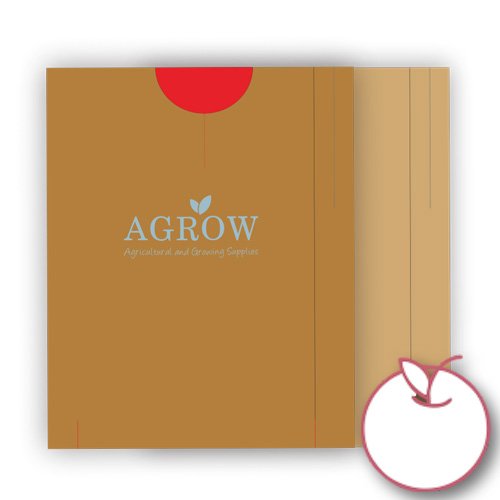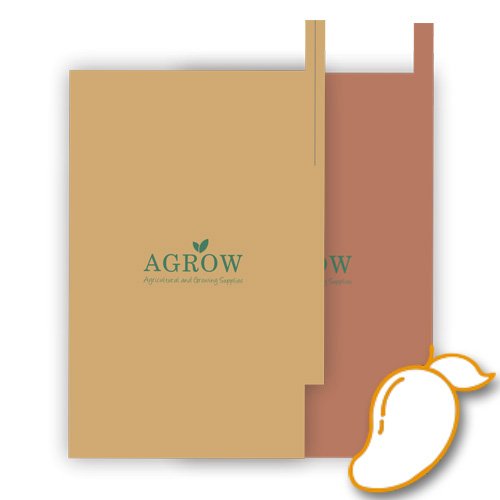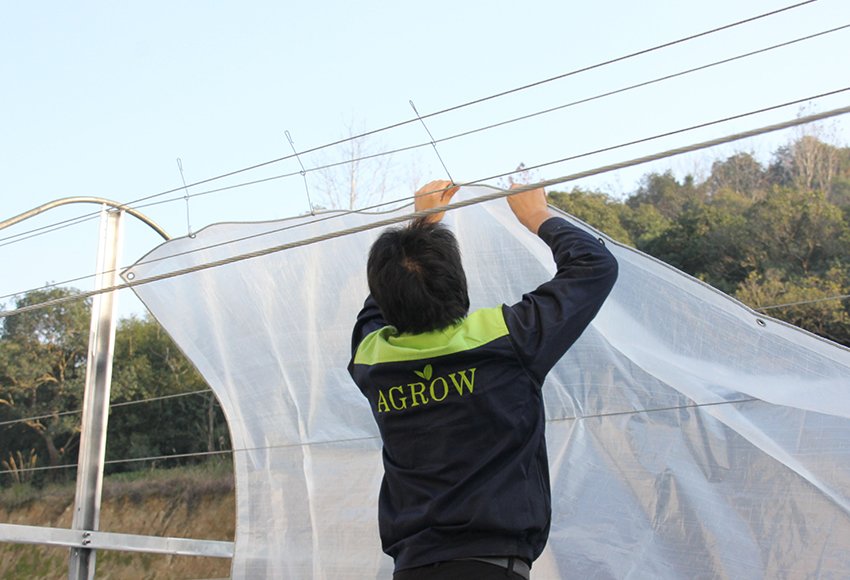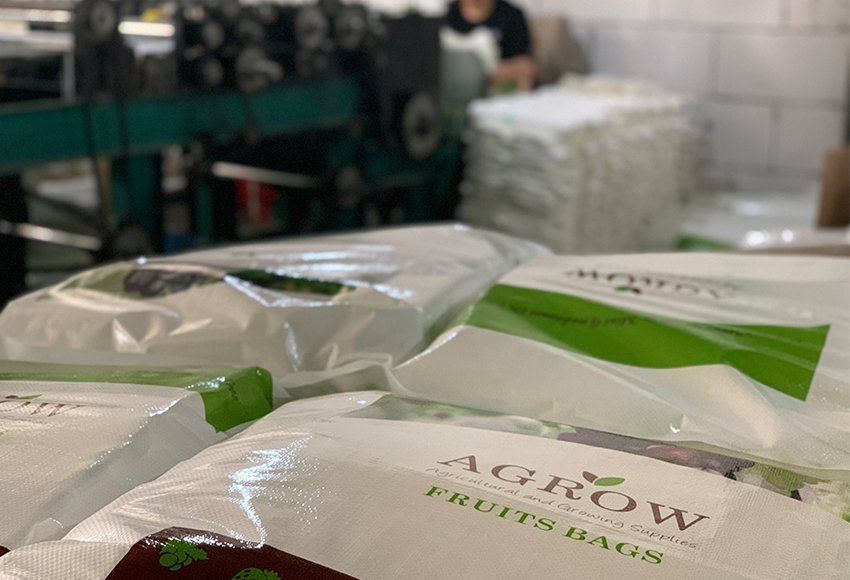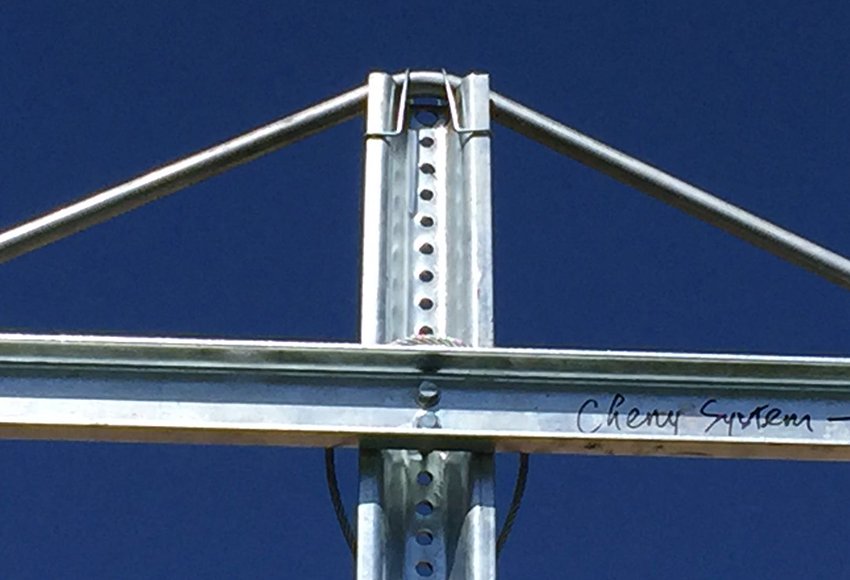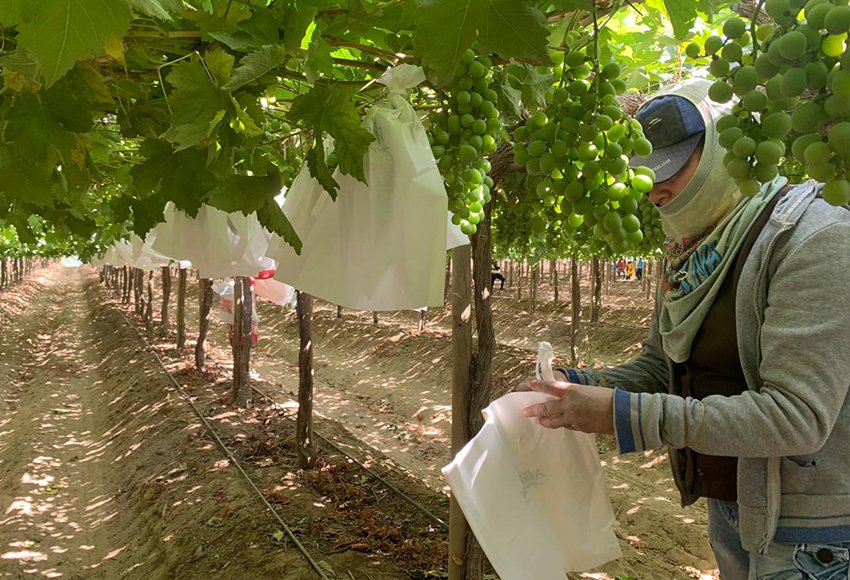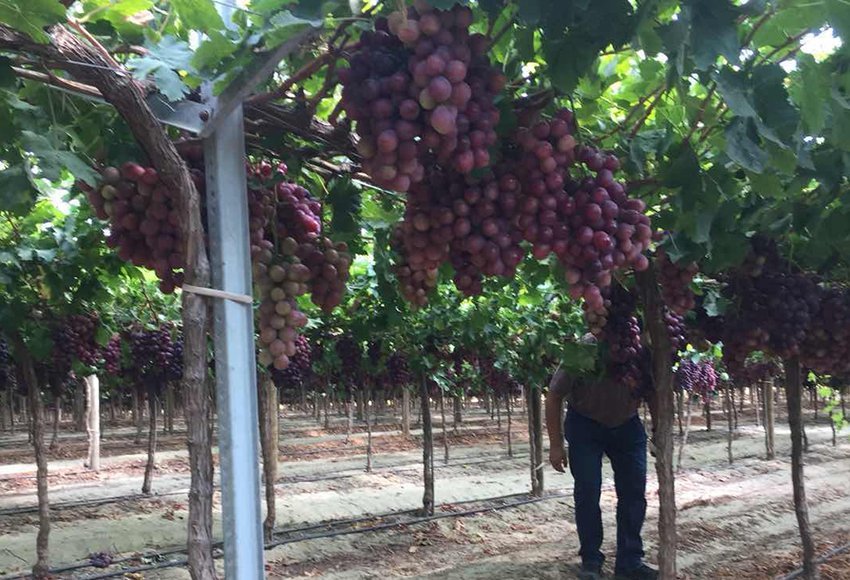California winegrape production rises slightly in 2020
From 2015 to 2021, California wildfires have basically occurred frequently, which has been difficult years for California grape growers.
The smoke of the 2020 fire season caused difficulties for the winery, and the drought and high temperature of 2021 caused the vines to dry up.
“Cropwise, quite honestly, it was a very similarly sized crop to last year,” said Jeff Bitter, president of Allied Grape Growers in Fresno. “Last year was short, to begin with, and then it was compounded by the rejections and the unharvested grapes due to smoke.”
The result, he added, was that 2020 saw the shortest winegrape crush in 10 years. Bitter’s early estimate for 2021 is for a grape crush of 3.6 million to 3.7 million tons, whereas a “normal” year would be 4 million to 4.1 million tons.
“It will be up this year because of the fact that pretty much everything got picked and delivered, but it’s still on the light side,” Bitter said. “We’re estimating it’s probably 10% off of an average-size crop.”
“Interior regions of the state I would characterize as short, where the market’s very active and there’s a high level of demand,” Bitter said. “You move into the coastal areas, I would characterize that as more balanced overall. I wouldn’t necessarily call it short, but it certainly has emerged from its excess of wine and grapes we had two years ago.”
It also has emerged from 2020’s devastating wildfire season. Bitter described 2021 as “a much better year for coastal growers when you compare it to last year’s smoke events and subsequent rejections of grapes.”
Now growers across California are thinking of ways to solve the drought problem. In Woodbridge, some wine grape growers have stated that the reason for the low grape production this year is due to drought.
“One of the blocks we had was on district water, and they didn’t get water till mid-March,” Shinn said. “They were already into bud break by then. There’s a pretty crucial time, right before bud break, when the root system starts to wake up. There’s a root flush. If there’s no water in there, it’s going to put it into stress mode already.”
He kept a couple of vineyards on drip irrigation through the season, and “they still came in pretty light,” he added.
“There is no substitution for precipitation,” Shinn said. Groundwater, he added, is “just not as good as good old-fashioned rainwater.”
He finished harvesting his last vineyard around sundown on Oct. 22, just before the heavens opened up.
“When I watched the downpour (Oct. 24), and we got 5½ inches out here, I was like, ‘thank God,’ because there was no way we would’ve got that crop off afterward,” Shinn said.
Shinn said that if you just waited, the excessive rain would make the vineyard too muddy and the harvesting equipment could not be carried out safely. It will also affect the quality of the grapes.
“The sugar would have just bottomed out,” Shinn said. “When you add that much water to a plant, it’s just going to soak it up, and the sugar’s going to drop eventually. If you don’t get them off soon enough, they’ll start to mold.”
Shinn was off and running on his winter work last week, including sowing cover crops between grapevines. These consist of a mix of legumes—beans, peas, and vetch—and triticale. Some of these plantings will be permanent, Shinn said, while others will be chopped and incorporated into the soil next spring.
Shinn said he’s doing this for two reasons: aesthetics—” it looks really pretty, and I like that it looks pretty”—and nutrition. “We have some nitrogen-fixing legumes in there,” he said. “So it’ll help draw and infuse nitrogen into the soil to be available for the plants in the springtime.”
Reincorporating cover crops into the soil will also boost its organic matter.
“We’ve got pretty sandy soil,” Shinn said. “There’s not a lot of organic matter. We had it tested, and it’s less than 1%. We’re trying to build up some of that organic matter so that we can get some of that beneficial microbial activity in there and help improve the root functions.”
In San Diego County, winegrape grower Alysha Stehly also has plans to cover crops in a couple of vineyards.
“We’re looking at using cover crops next year to help break up the soil to allow better water penetration for the little bit of rain that we do get,” Stehly said. “Since it looks like we’re going to (have) a dry winter, we want to help get those cover crops, to help let that water stay in the vineyard as opposed to runoff.”
Rainfall has always been a concern for everyone.
“We always pray for rain, and we usually don’t get enough,” Stehly said. “We try to dry-farm our vineyards, but obviously in recent years that hasn’t been an option because we’ve gotten so little rain.”
More irrigation means higher costs“Our cost to farm isn’t getting any better. We continually have labor issues, so that’s always a problem,” Stehly said.
Is Stehly shorthanded? “Always,” she answered. “I can’t think of a time where we haven’t been shorthanded in the last, I can’t think how many years.”
Labor is also a key concern in Santa Barbara County, where Santa Maria-based vintner Nicholas Miller said he believes the future lies in machines. Among other factors, California’s minimum wage is due to rise again on Jan. 1, to $15 per hour for employers with 26 or more employees and $14 for those with 25 or fewer.
“What’s exciting is there are so many great things happening in this space,” Miller said, noting he has a fleet of mechanical harvesters that “we are very happy with.”
“We believe that very much needs to be the future because no trend line points to there being either abundant supply of labor, or costs even holding,” Miller said. “A lot of big players are spending a lot in R&D right now and continuing to push this forward.”
The 2021 growing season itself was “very bizarre,” Miller said.
“Most years, you’re either uniformly down or up, and it wasn’t like that,” Miller said, adding that fortunes varied by area. “It wasn’t like only pinot or only Santa Maria Valley,” he noted. “The county was just all over the board as far as yields were concerned.”
The oversupply of wine grapes has been a common problem in recent years.
“I think the real problem is that we’ve gone from an oversupply to maybe an acute shortage this year in the supply of grapes,” Miller said.
Stehly said some wineries in her area are still backlogged on inventory.
“It helps and hurts that a lot of our wineries are really small,” she said. “They didn’t have a lot of space, and they don’t have a lot of extra money, or any money, laying around to make a bet that their sales are going to catch up.” Now, however, people are getting back out and wineries are catching up on their backlogs, she added.
Overall, Bitter said, “the oversupply is just about gone, and it’s not necessarily because we’re selling more wine—in fact, our wine shipments have been generally flat over the last four or five years. Unfortunately, that’s not how we’ve emerged from excess supply. It’s just been the two short crops in a row.”
The 2022 season could see that trend continue.
“We have concerns about the potential crop size next year, because what we’re seeing is a lot of weak canopies and shoot growth from this year, which is next year’s budwood,” Bitter said. “Fruitfulness is established a year ahead of time in grapes.” A stressed-out vine one year could have negative effects the next, he noted.
“If I was a betting man, I would say we’d be challenged to have a big crop next year,” Bitter said. “I think it’s possible to have an average crop, but I’d be really surprised if we set any kind of large crop next year.”
In the meantime, farmers are hoping for more rain – just not all at once.
“We don’t need another 5½ inches of rain in one day,” Shinn said, “but we can use a good 5½ to 6 inches of rain over the next three to four months.”
– Kevin Hecteman, California Farm Bureau Federation
Winegrape grower and vineyard manager John Shinn said he wrapped up the harvest of his last vineyard just before October’s atmospheric river. Overall, the 2021 grape harvest will be similar to 2020, and oversupply issues have all but disappeared, according to grape growers.
